Cashmere is a name synonymous with luxury, elegance, and unparalleled softness. This fine, natural fibre has graced the wardrobes of the elite for centuries. Royals have cherished it for its exceptional qualities and its ability to cocoon the wearer in warmth and comfort. But beyond its reputation for opulence, cashmere possesses a story that extends far beyond the cosy embrace of a sweater or the gentle drape of a scarf. It's a story of sustainability, ethical practices, and a profound connection to the environment.
Hence, we planned to embark on a journey to unravel the mystique of cashmere. We shall dive deep into the world of this remarkable fibre. Our mission is threefold: to explore the sustainability of cashmere, to demystify its intricate production process, and to assess its impact on the environment. These objectives are not only timely but crucial. So, we seek to navigate a world where conscious consumer choices & ethical production are the pillars of a brighter, sustainable future.
The Irresistible Allure of Cashmere
Cashmere is indeed the embodiment of luxury. Famous for its extraordinary softness and unparalleled comfort, it is the choice of those who seek finer things in life. But beyond the tactile pleasures, there's more to this natural wonder than meets the eye. In fact, it's a story we are only beginning to truly understand.
The Origins
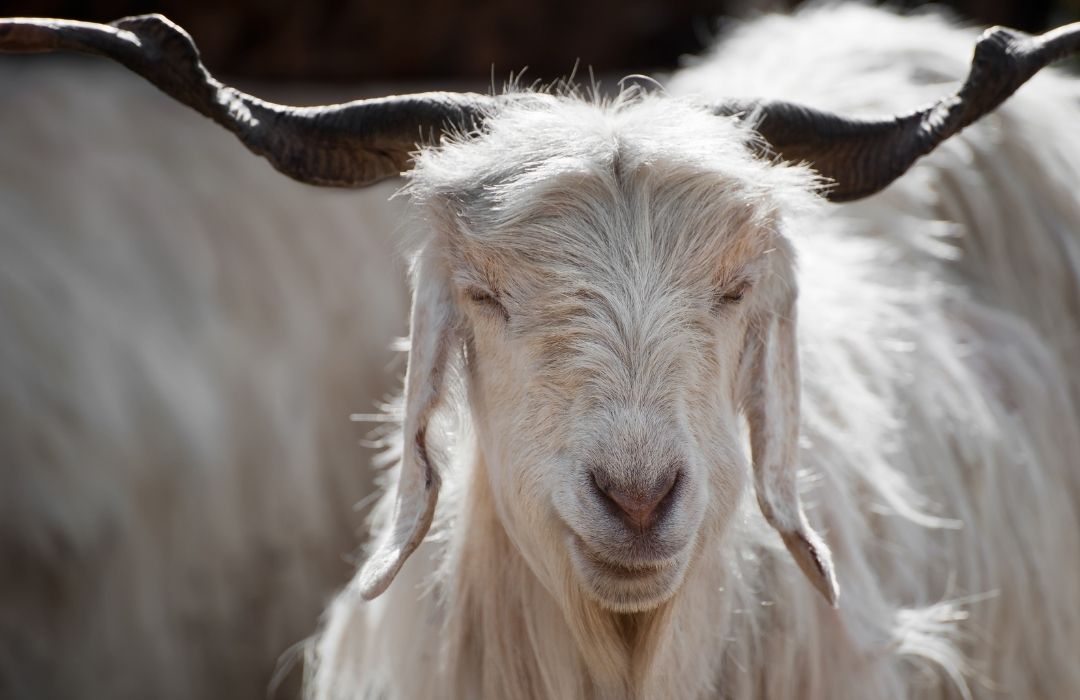
Cashmere wool derives its name from the Kashmir region in northern India, where it was first produced and traded. Its journey, however, extends far beyond the borders of India. The origins of cashmere trace back to the Himalayan or Pashmina goat. It is indigenous to the high-altitude plateaus of the Himalayas. It's here, in these rugged terrains and harsh climates, that the goat thrives. It is here, where the goat develops its incredibly fine and soft fleece.
This natural fibre is the product of the cashmere goat's undercoat. It primarily comes from extremely fine and soft fibres. In other words, it is this undercoat that sets cashmere apart from other wools. Every spring, as the harsh winter conditions withdraw, these goats naturally shed their warm undercoat. They do this to adapt to the warmer seasons. Herders consequently collect the delicate undercoat fibres painstakingly. This marks the beginning of the fascinating journey towards crafting the finest wool in the world.
Historical Significance
The historical significance of cashmere is rich and storied. For centuries, this luxurious material has been associated with nobility and aristocracy. Its use dates back to as early as the 15th century when royalty prized it. European monarchs and the elite were famous for treasuring their cashmere shawls. This was not just for their opulent feel but for the intricate artistry apparent in each piece.
One of the most iconic stories of cashmere's historical significance is its connection to the French military general and later Emperor, Napoleon Bonaparte. Legend has it that when Napoleon married Josephine in 1796, he presented her with a beautiful cashmere shawl. It was a token of his love and an embodiment of luxury. Later, she ordered a few hundred similar shawls in her lifetime.
Unique Characteristics of Cashmere
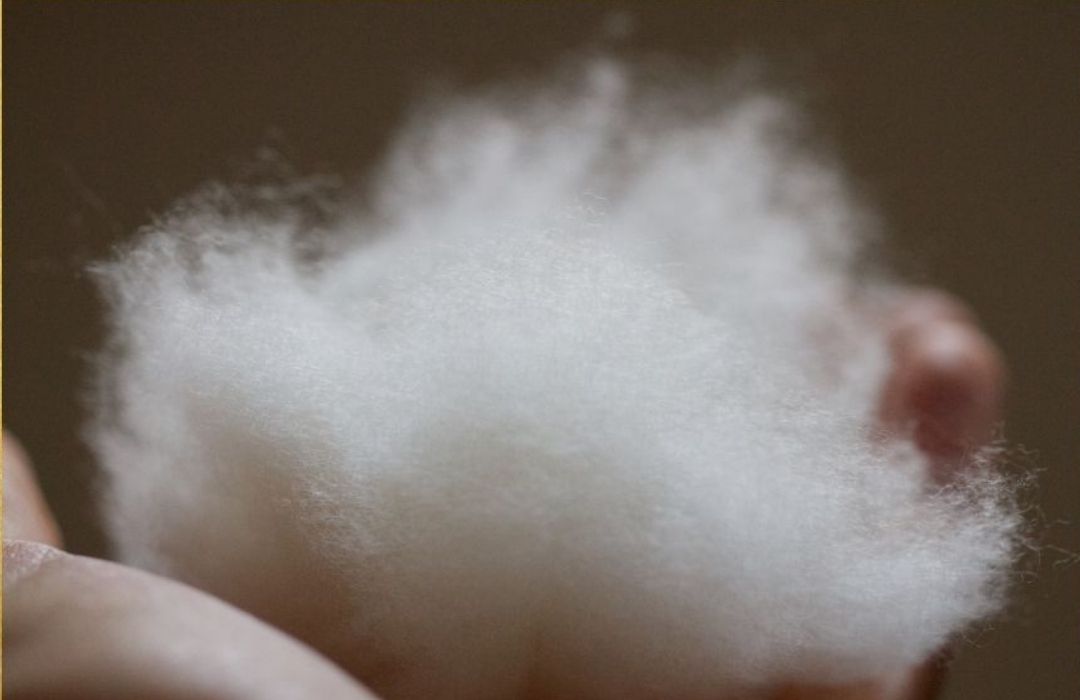
What sets cashmere apart from other fibres is the sheer softness of the material. Moreover, the diameter of these fibres is also exceptionally thin. These often measure between 12-15 microns, making it one of the finest natural fibres in the world. It's this unparalleled fineness that contributes to the exceptional softness that this fine wool is famous for. When you run your fingers through a cashmere scarf or sweater, you'll immediately understand why it's so popular.
Moreover, cashmere has a remarkable ability to trap warmth while remaining lightweight. The insulation properties of this wool are astounding, hence ensuring that even the thinnest cashmere garments provide unbeatable warmth. This combination of finesse, softness, and warmth makes cashmere an ideal material for crafting luxurious scarves, shawls, sweaters, and various other high-end fashion pieces.
Journey of Cashmere
Cashmere, often dubbed "soft gold," is a sought-after fibre that embodies luxury and comfort. The journey of its production is a meticulous process. It involves collecting the soft undercoat of the Himalayan goats and transforming it into exquisite garments. So, let's get into the intricate process, from collecting the precious cashmere fibres to weaving them into the products we cherish.
Collecting Cashmere from Himalayan Goats
The origins of cashmere lie in the high-altitude regions of the Himalayas, where Himalayan goats endure the harshest of winters. These goats have developed a remarkable adaptation to survive the frigid temperatures. And that is a downy undercoat that is incredibly soft, fine, and rich in cashmere fibres. It's during the spring that these goats naturally begin to shed this undercoat. Hence they provide a seasonal harvest of this valuable resource.
Collecting cashmere is an art in itself, requiring skill, patience, and care. The process typically commences by gently combing or plucking the fine fleece from the goats. This practice, often referred to as "de-hairing," is a cruelty-free method. The method ensures the goats are safe during the collection. The collected fibres are pure, soft, and ready for the subsequent stages of production.
A single goat yields only a small quantity of cashmere, which further highlights the rarity and exclusivity of the material. To gather enough fibre for a single product, whether it's a scarf, shawl, or sweater, a significant number of goats must undergo this delicate and time-consuming process.
Pashmina - The Art of Spinning and Weaving Cashmere
Once the precious cashmere fibres are collected, they embark on a journey of transformation. These fibres are first subjected to thorough cleaning, a crucial step that removes impurities, dirt, and any remaining guard hairs. The fibres are then sorted, a meticulous process that separates them based on their colour, fineness, and overall quality. This ensures that only the finest and purest fibres are chosen for the subsequent stages.

The next step in the production process is carding. Here, the fibres are aligned and straightened, ensuring they are uniform and prepared for spinning. The spinning process, often done by hand, is where the fibres are spun into yarns. These yarns are incredibly fine and lightweight, creating the foundation of any cashmere product. The skill required for this part of the process is a testament to the craftsmanship involved in cashmere production.
Weaving follows spinning, and it is yet another labour-intensive endeavour. The spun yarns are woven into the fabric of the desired product; be it a luxurious scarf, an elegant shawl, or a cosy sweater. The weaving process can be as intricate as crafting a fine tapestry. This includes artisans meticulously manipulating the loom to create patterns, designs, and textures.
Craftsmanship weds Quality
What sets cashmere products apart is the combination of this intricate craftsmanship and the natural properties of this fine wool. The final products are renowned for their unparalleled softness, lightweight warmth, and timeless elegance. From the remote Himalayan plateaus to the world's fashion runways, the journey of cashmere is a testament to the dedication of those who work tirelessly to create these exquisite pieces.
This transformation process, from the collection of the finest fibres to their skilled conversion into high-end fashion products, underscores the uniqueness and desirability of cashmere. In the following sections, we will explore the sustainability of cashmere production and its environmental impact. We also know about the steps taken to ensure this precious resource is preserved for generations to come.
The Cashmere Goat
Cashmere is obtained from a select group of domestic goats known as cashmere-producing goats. The most prominent among these breeds are the Changthangi goats, which are native to the high-altitude regions of the Himalayas, predominantly in India, Tibet, and Nepal. The name Changthangi is derived from "Changthang," the high-altitude plateau where these goats have thrived for centuries.
Changthangi goats are renowned for their ability to produce cashmere fibres with unmatched softness and fineness. While Changthangi goats are the primary source, other breeds, such as Malra and Chyangara goats, also contribute to the cashmere industry. However, it's the Changthangi goats that hold a special place due to the exceptional quality of wool they produce.
Adaptation to Harsh Environments
The defining feature of these cashmere-producing goats is their remarkable adaptation to the extreme cold and challenging conditions of the high Himalayas. They have evolved to thrive in temperatures that plummet well below freezing during the harsh winters of the region. Their adaptation is a testament to nature's ability to create resilient creatures.
One of the primary adaptations of these goats is their luxurious undercoat. During the winter, they grow a soft, fine fleece close to their skin. This insulating layer helps them withstand the frigid weather by providing natural warmth and protection. When spring arrives, this undercoat naturally begins to shed, offering a seasonal harvest. The shedding process ensures that the goats are comfortable during the warmer months, making cashmere collection a cruelty-free endeavour.
Significance in the Industry
The significance of Himalayan goats, especially the Changthangi variety, in the cashmere industry cannot be overstated. It is the fine, soft, and insulating properties of their undercoat that make cashmere a highly desirable and luxurious fibre. The fibre from Changthangi goats is among the finest and rarest in the world. Its fibres measure as thin as 12-15 microns in diameter.
The limited annual supply of high-quality cashmere wool is one of the key factors contributing to its exclusivity. With the global population of Himalayan goats estimated at around 400 million, the number of Changthangi goats is a mere fraction of that figure, with only around 150,000 to 200,000 individuals. This exclusivity elevates the value of authentic, high-quality products.
Sustainability in Cashmere Production
As the allure of cashmere continues to grow, it is essential to consider the environmental and ethical aspects of its production. This section explores the various sustainable practices that have been integrated into the cashmere industry. It highlights responsible grazing and herding, the positive impact on local communities and ecosystems, and the certifications and initiatives that promote sustainable cashmere production.
Responsible Grazing and Herding
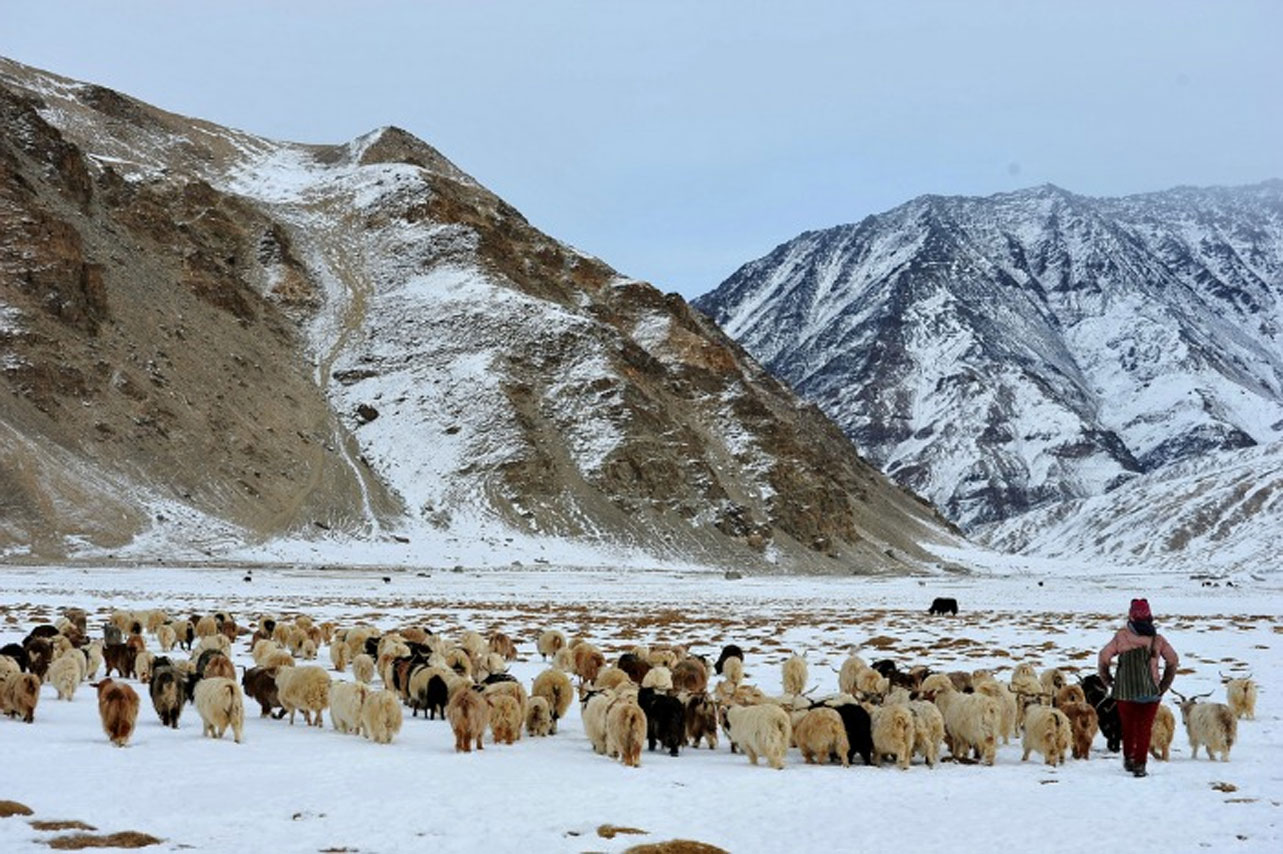
Sustainable cashmere production begins with responsible grazing and herding practices. In the past, overgrazing by an increasing number of Himalayan goats had adverse effects on the fragile grasslands of the high Himalayas. To address this issue, some herders and organizations have adopted sustainable grazing methods.
One of the key practices is rotational grazing, which involves moving herds between different pastures to allow vegetation to recover. Additionally, limiting the number of goats in a specific area ensures that they do not overgraze. This preserves the delicate ecosystems of the region. These sustainable practices help maintain the health of the grasslands, which, in turn, benefits the cashmere-producing goats by ensuring a more consistent and healthier food supply.
Impact on Local Communities and Ecosystems
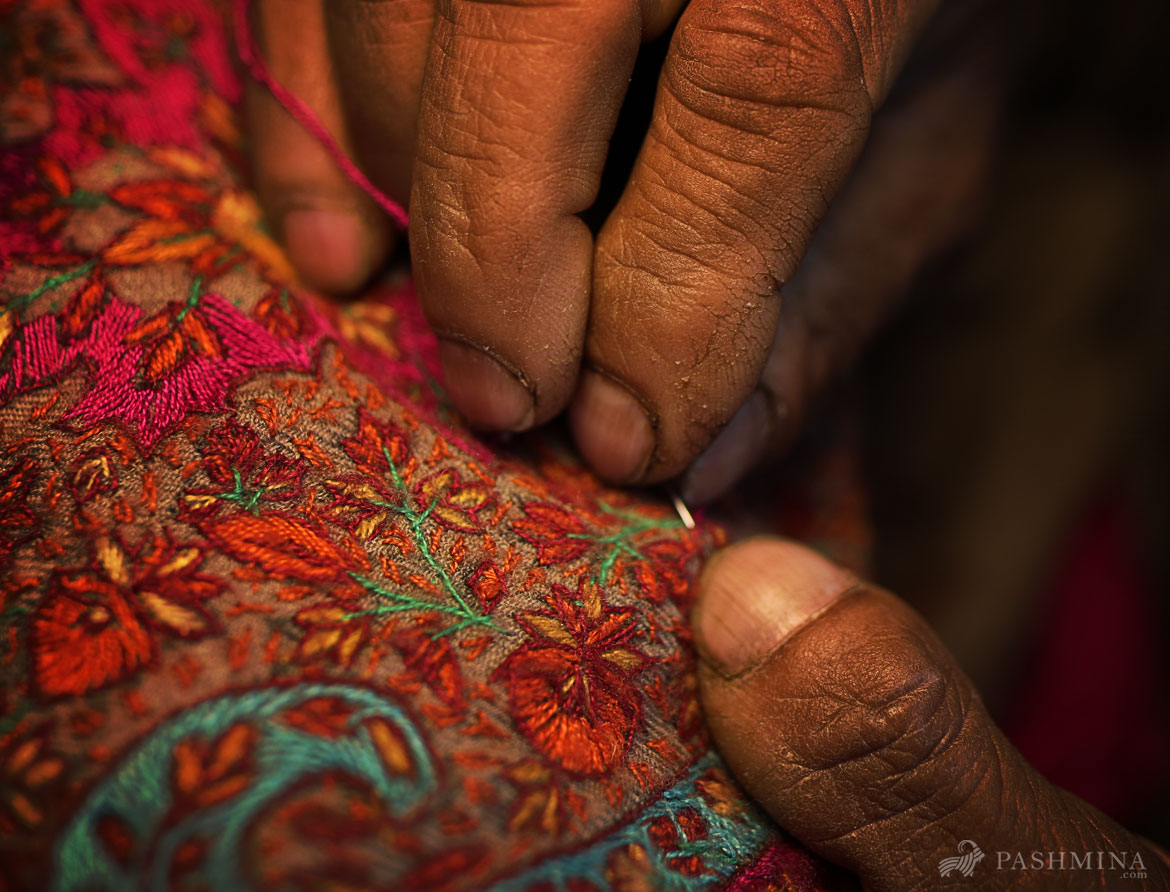
Sustainable cashmere production can have a profound impact on local communities and ecosystems. As part of responsible grazing practices, herders often work closely with local communities. These collaborations not only create economic opportunities but also support the preservation of traditional herding knowledge, which is crucial for maintaining the balance between nature and cashmere production.
Furthermore, sustainable cashmere initiatives contribute to the conservation of the high-altitude landscapes in which the Himalayan goats reside. By protecting the grasslands and minimizing soil erosion through controlled grazing, these initiatives play a role in safeguarding the unique flora and fauna of the region.
Sustainable practices also lead to healthier goats and, consequently, higher-quality cashmere. When goats are cared for according to sustainable principles, the fibre they produce is finer and softer. This ensures that the cashmere industry can continue to thrive by maintaining the reputation of high-quality products.
Certifications and Initiatives for Sustainable Cashmere
Several organizations and certifications aim to promote sustainable cashmere production. One such initiative is the Sustainable Fibre Alliance (SFA). SFA works with herders, brands, and communities to encourage sustainable cashmere practices. Their focus includes improving animal welfare, ensuring responsible land management, and supporting herders' livelihoods.
The Good Cashmere Standard is another example of an initiative that ensures the welfare of cashmere goats and the sustainability of their habitats. It sets guidelines for responsible grazing and emphasizes transparency in the supply chain, providing consumers with assurance about the origins of their products.
Cashmere - Sustainable and Ethical
Cashmere, celebrated for its incredible softness and warmth, has captured the hearts of many. However, the luxurious material has long been associated with ethical and environmental concerns, primarily due to the impact of cashmere production on the delicate ecosystems of high-altitude regions. Let's get into the multifaceted world of ethical and sustainable cashmere, shedding light on the industry's ongoing efforts to balance luxury with responsibility.
Understanding the Ethical Dilemma
The Changthangi goats that produce cashmere are primarily found in the Himalayan region, where their fine undercoats have evolved to withstand extreme cold. Traditionally, these goats have been herded by communities in some of the world's most remote areas, making cashmere a valuable source of income for them.
However, as the global demand for cashmere has surged, ethical issues have emerged. Overgrazing due to the burgeoning number of Himalayan goats has led to habitat degradation, soil erosion, and conflicts over grazing rights among herding communities. Addressing these ethical challenges is paramount to ensuring the sustainability of this industry.
Sustainable Grazing Practices
One of the fundamental ethical solutions to overgrazing and habitat degradation is the adoption of sustainable grazing practices. This approach involves rotating grazing areas and allowing pastures to recover, reducing pressure on ecosystems. Many organizations and herding communities are working together to implement these practices effectively. By distributing the environmental impact more evenly and giving grasslands time to regenerate, sustainable grazing helps protect the local ecology.
Empowering Local Communities
Empowering the herding communities involved in cashmere production is essential for its ethical sustainability. Fair wages, better working conditions, and access to education and healthcare are all part of creating a sustainable model that benefits both the people and the environment. Numerous initiatives aim to strengthen the livelihoods of these communities, ensuring they receive a fair share of the profits generated by the cashmere industry.
Environmental Stewardship
Sustainable and ethical cashmere practices go hand in hand with environmental stewardship. The fragile ecosystems of the high-altitude regions where Himalayan goats graze are vital not only for the goats but also for various other species and local communities. The protection of these habitats is a shared responsibility of all stakeholders in this industry.
Reducing Carbon Footprint
Reducing the carbon footprint of cashmere production is another critical aspect of sustainable and ethical practices. Efforts to minimize emissions range from using cleaner energy sources in processing facilities to shortening the supply chain by promoting local manufacturing. Some brands are even investing in carbon offset projects, such as reforestation initiatives, to counterbalance their emissions.
Future Prospects
The ethical and sustainable dimension of cashmere production is evolving rapidly. As more consumers prioritize ethical products and responsible practices, the industry is gradually shifting towards a more ethical and sustainable model. Investment in technology, research, and ethical certifications is paving the way for a brighter future for cashmere, where luxury meets conscience.
The Rise of Sustainable Cashmere Brands: The Pashm Difference
In recent years, as consumers become more conscientious about the environmental and ethical impacts of their purchases, the fashion industry has undergone a profound transformation. One of the notable trends within this shift is the rise of sustainable cashmere brands. Among them, Pashm stands out as a beacon of sustainability, ethics, and quality.
A Commitment to Sustainability
Pashm has recognized the urgency of embracing sustainability in the cashmere industry. Unlike conventional practices that have led to overgrazing and habitat degradation, Pashm's commitment to sustainability starts at the very source – the cashmere goats. These goats, primarily Changthangi goats from the Himalayan region, are treated with the utmost care and respect. Sustainable grazing practices are implemented to ensure minimal environmental impact, allowing these delicate ecosystems to thrive.
Fair Wages and Timely Payments
A cornerstone of Pashm's sustainable approach is its commitment to fair wages and timely payments to labourers and workers. This ethical employment model fosters not only a sense of dignity and job satisfaction but also financial security for the workers. Pashm recognizes the invaluable contribution of its team, which includes herders, spinners, weavers, and artisans. By ensuring fair compensation and punctual payments, Pashm is contributing to improved living standards and strengthened local communities.
Exclusively Handwoven Cashmere
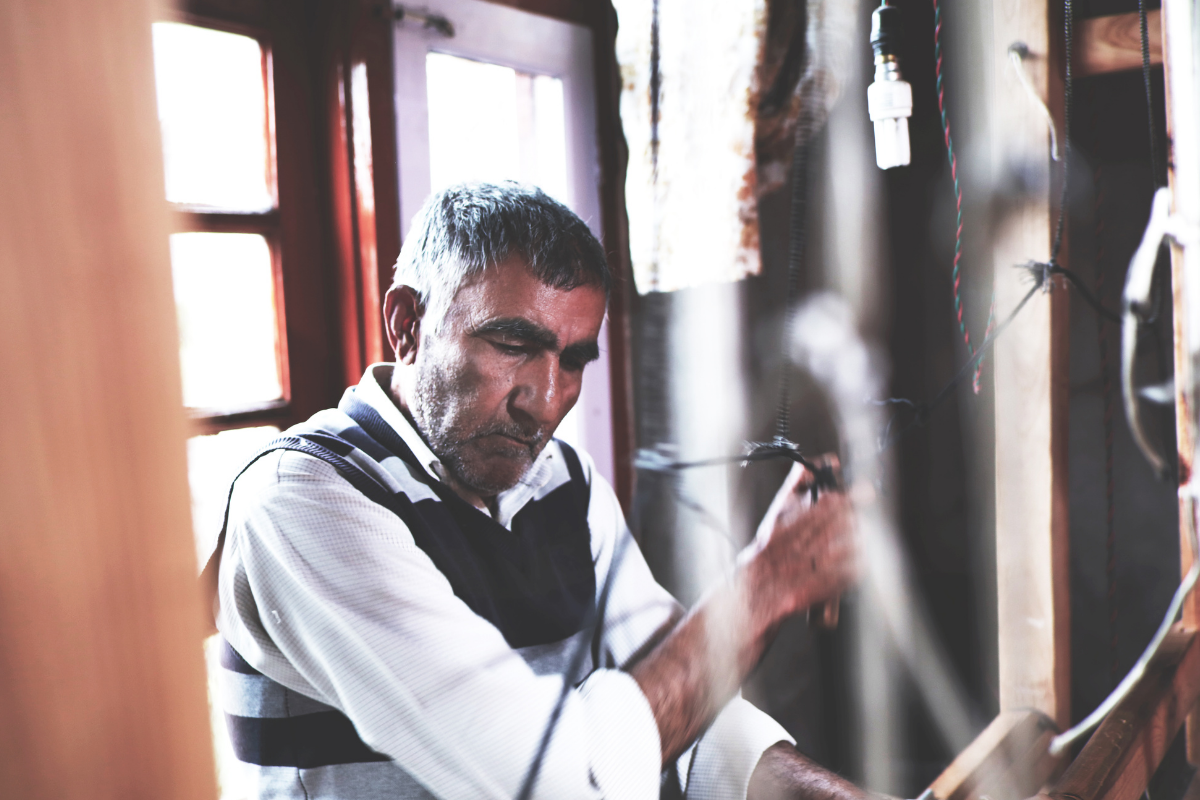
In a world where mechanization and mass production often lead to environmental degradation and labour exploitation, Pashm takes a step back in time, celebrating the art of handweaving. Each Pashm product, whether it's a scarf, shawl, or stole, is a labour of love, meticulously crafted by skilled artisans who have honed their craft over generations. Handweaving not only preserves the authenticity and quality of the cashmere but also provides meaningful employment and helps safeguard cultural heritage.
Quality and Ethics Hand in Hand
Pashm has demonstrated that quality and ethics can go hand in hand. By focusing on sustainable practices, fair wages, and artisanal craftsmanship, Pashm ensures that every piece of cashmere that bears its name is not only of the highest quality but also carries a story of ethical production. The enduring elegance of Pashm's products reflects the enduring commitment to sustainability and fairness.
The Pashm Difference
While the market is brimming with various brands, Pashm truly distinguishes itself through its unwavering dedication to ethical and sustainable cashmere production. Every Pashm product tells a tale of compassion for the environment, respect for the artisans, and an unwavering commitment to quality.
In a world where conscious consumerism is gaining momentum, Pashm is a brand that resonates with those who value luxury with a conscience. The rise of sustainable cashmere brands like Pashm is a beacon of hope in an industry that is becoming increasingly aware of its responsibility towards the planet and its people.
Pashm isn't just about cashmere; it's about a sustainable, ethical, and beautiful way of doing business that sets an example for the fashion industry. In a world that often feels weighed down by its environmental challenges, Pashm is a breath of fresh mountain air, bringing the purity of the Himalayas to the world of fashion.
Also read: WHERE IS THE BEST CASHMERE FROM?
Conclusion
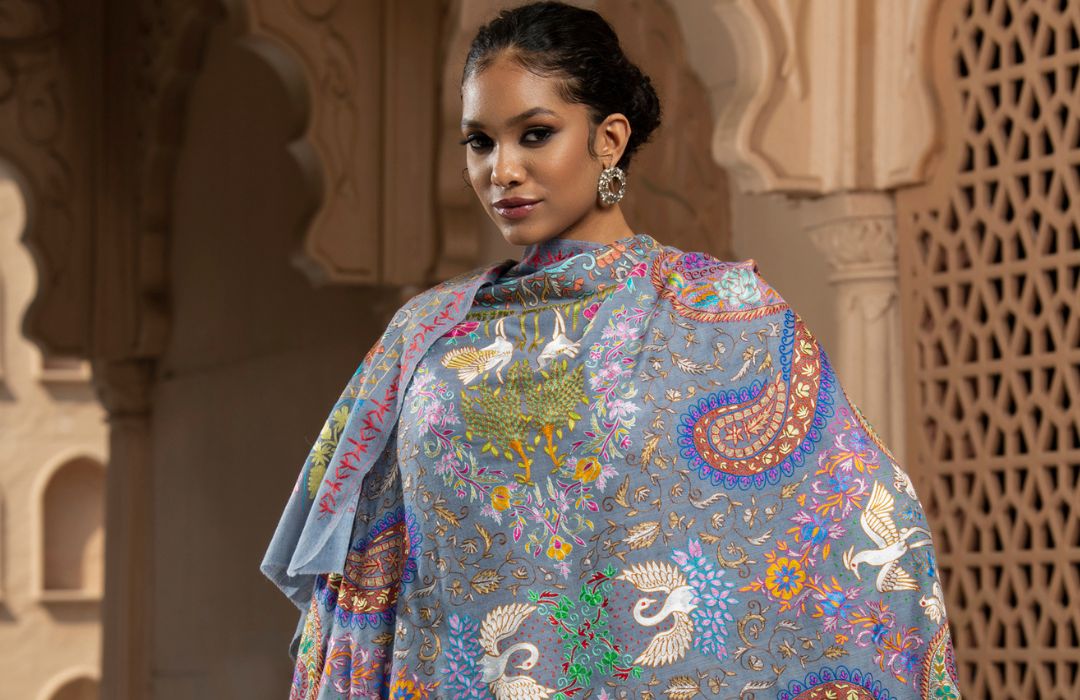
In a world where sustainability has become more than just a buzzword and ethical consumerism is on the rise, the choice of the right materials matters more than ever. Cashmere, a fibre known for its luxuriously soft feel and warmth, is also making strides in the realm of sustainability and ethics. Cashmere is a fibre that not only wraps you in warmth but also carries a story of responsible sourcing, ethical practices, and environmental consciousness. From the high-altitude pastures of the Himalayas to the skilled hands of artisans, cashmere tells a tale of sustainability.
The enduring appeal of cashmere lies not just in its softness but also in its ability to merge quality with ethics. The rise of sustainable brands is a testament to the fashion industry's evolution towards a more sustainable and ethical future. Brands like Pashm set a shining example, showcasing how luxury can be synonymous with responsibility.
While challenges exist, including environmental concerns associated with overgrazing and habitat degradation, these challenges are met with proactive solutions, such as responsible herding and sustainable practices. In the end, the beauty of cashmere is more than skin deep; it's a commitment to ethical sourcing and environmental preservation. As consumers, we have the power to make choices that reflect our values and concerns. By choosing sustainable and ethical cashmere, we not only enjoy the unmatched comfort and elegance it provides but also contribute to a more responsible and sustainable fashion industry.
Also read: IS CASHMERE SHAWL WARM?